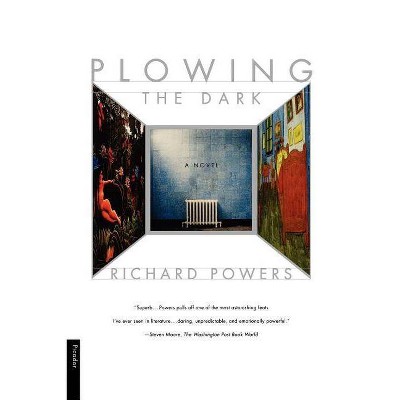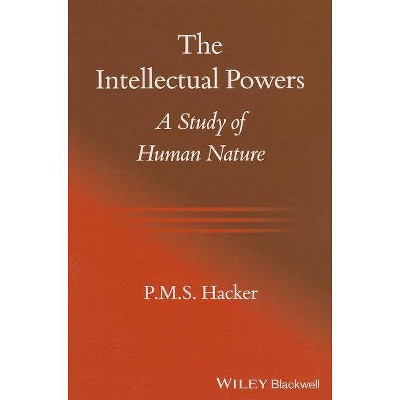MRI Physics - by Stephen J Powers (Paperback)

Similar Products
Products of same category from the store
AllProduct info
<p/><br></br><p><b> About the Book </b></p></br></br>"There are 3 types of magnets used in MRI: Permanent: These are rare to almost nonexistent today. They are made up of Brick sized magnets that, when placed in the right pattern, they combine to make a magnetic field strength large enough to image with. These magnets are large, heavy and have a weak B b0 s fields so SNR is at a premium. They can't be turned off. Resistive: Are a large coil of wire with a lot of electricity passing through it. The amount of electricity circulating is sufficient to make a magnetic field strong enough to image. These are usually .5, .7. They also generate a lot of heat from electrical resistance in the wire. Superconducting: These are Resistive magnets with one major difference. The magnet is cooled with liquid Helium (Cryogen) that decreases electrical resistance in the wires that make up the actual magnet. The cooling and loss of resistance enables more current to be applied so stronger magnetic fields are possible. Typical field strengths are 1 to 4T. Research magnets get as strong as 7 - 9 Tesla. Stronger magnetic fields also come with a larger Fringe field compared to low fields. Think of the Fringe field like "Scatter Radiation" in X-ray. The magnetic field is not solely confined to the scanner. Magnetism picks up rapidly as you get closer to the bore. And I do mean quickly..."--<p/><br></br><p><b> Book Synopsis </b></p></br></br>Das Werk MRI Physics: Tech to Tech Explanations soll angehenden MRT-Spezialisten und Strahlentherapeuten, die sich auf die PrÃ1/4fungen zur MRT-Zertifizierung vorbereiten, dabei helfen, schwierige Konzepte und Themen schnell und einfach zu verstehen. <p/> Der nÃ1/4tzliche Leitfaden wurde von einem sehr erfahrenen Technologen verfasst und erklärt in einer klaren und leserfreundlichen Weise, was jeder MRT-Spezialist wissen muss. Zu den Themen des Buchs zählen Sicherheitsaspekte im Zusammenhang mit Magnetfeld und Hochfrequenz, Pulssequenzen, Artefakte, MRT-Mathematik, die besonders schwierigen Gradienten und IV-Kontrastmittel.<br> * Grundlegende Hinweise zu Sicherheitsfragen, Protokolloptionen, kritischem Denken und Bildkontrastoptimierung<br> * Einfache Darstellung des anspruchsvollen Themas MRT-Physik durch klare Sprache und verständliche Erklärungen<br> * PrÃ1/4fungsrelevante Inhalte fÃ1/4r die PrÃ1/4fungen der American Registry of Radiologic Technologists (ARTT) und Continuing Qualifications Requirements (CQR)<br> * Mit zahlreichen Illustrationen und Fotos zu verschiedenen MRT-Konzepten, Pulssequenz-Design, Artefakten und der Anwendung der Konzepte im klinischen Umfeld<p/><br></br><p><b> About the Author </b></p></br></br><p><b>Stephen J. Powers</b>, BSRT (R), (CT), (MR) is currently an MR Technologist for South Coast Hospital Systems in the USA, and former MRI Clinical Applications Specialist for General Electric Health Care. Stephen has over twenty years of classroom, lecture and clinical instructor experience.</p>
Price History
Price Archive shows prices from various stores, lets you see history and find the cheapest. There is no actual sale on the website. For all support, inquiry and suggestion messagescommunication@pricearchive.us




















